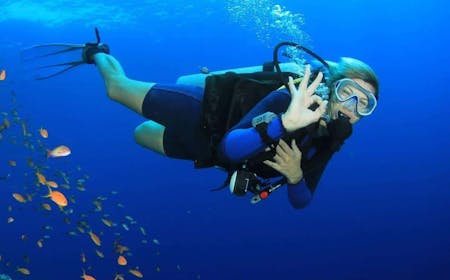
Scuba diving in Martinique
You want to go diving in Martinique? Discover the most beautiful snorkeling and diving sites on the island....
Martinique makes many people dream. Its name alone evokes the white sandy beaches, the turquoise sea, the exotic plants… Imagine yourself at the water’s edge, surrounded by palm trees; isn’t there something missing? Yes: a rum-based cocktail! This alcohol is an integral part of the local heritage. Renowned throughout the world, Martinique rum is the only rum in Martinique to have received the AOC label, proof of its excellence.
If you spend your vacations on the Flower Island, the Rum Route of Martinique will teach you a lot about the making of this authentic beverage, which is the pride of the Flower Island. Are you a rum lover? Your palate and your eyes will be conquered by the dresses of this precious nectar!
To begin, let’s talk about the main ingredient used to make rum: Sugar cane.
This plant was introduced to the Americas by Christopher Columbus in 1493. The cane acclimatizes perfectly in Martinique, and the slaves will be quickly put at contribution to cultivate it.
On the other hand, sugar mills appear in the West Indies towards the end of the 1630s, especially in Barbados, considered as the cradle of rum. One discovers then that by fermenting sugar cane juice, one obtains a brandy. In addition, plantations began to develop in 1654. On the other hand, sugar mills appear in the West Indies towards the end of the 1630s, especially in Barbados, considered as the cradle of rum. One discovers then that by fermenting sugar cane juice, one obtains a brandy. In addition, plantations began to develop in 1654.
A few years later, in 1667, Father du Tertre described for the first time the process of rum making. Then, in 1694, Father Labat brought his knowledge of the distillation of « vesou », or crushed cane juice. Stricken with a terrible fever, he was cured by drinking an infusion of cane alcohol. Therefore, he became interested in this beverage: he imported stills and thus perfected the process of making cane brandy.
At that time, the English called it « kill devil », which gave it the French word « guildive ». The slaves called it « taffia« . It was not until 1768 that « rum » was spelled as we know it today, when Diderot and D’Alembert published it in their Encyclopedia.
More recently, in 1996, Martinican agricultural rum obtained the « AOC Martinique » label. For the first time, the overseas territories benefit from an AOC (Appellation d’Origine Contrôlée). Over the years, the producers have been able to perpetuate and improve their artisanal know-how, which is now part of the living heritage, to elaborate this intoxicating drink. Other rums have obtained a PGI (protected indication of origin) in France, such as the « Rhum of Guadeloupe ».
Today, this alcohol is still very much appreciated. In Martinique, it can be drunk at any time of the day, with a specific appellation according to the time of day: for example, the first glass before breakfast is called « Décollage » which literally means « to take-off ».
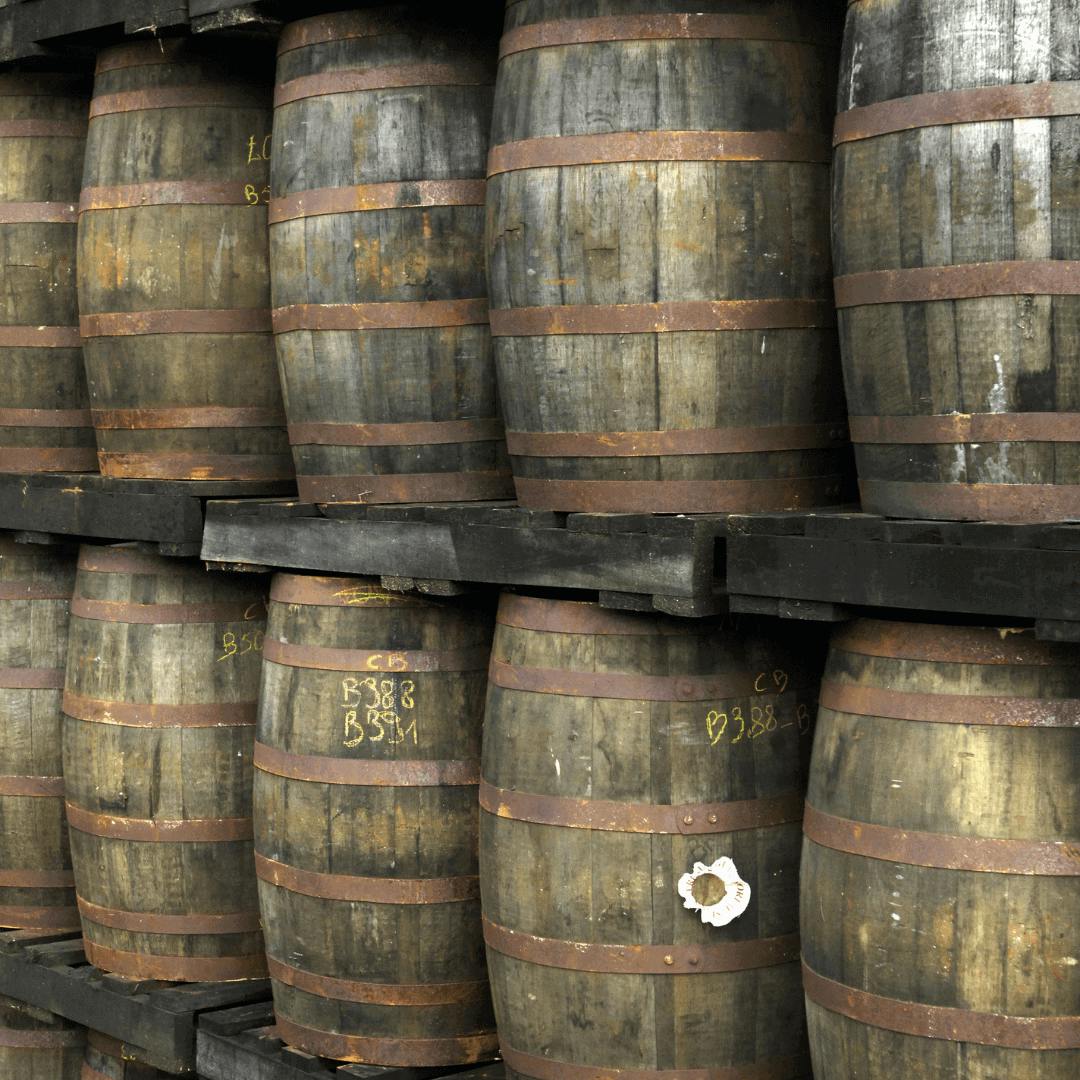
Firstly, a distinction must be made between non-agricultural or industrial rum and agricultural rum. The latter is produced using pure sugar cane juice. It is therefore of better quality than non-agricultural rum, which is made with cane residues (molasses). Rum also has a different name depending on its age.
This rum has a pronounced taste of freshly cut sugar cane. The alcohol content of agricultural white rum is generally between 50° and 55°. It is quickly bottled after production, making it a young rum. Indeed, it remains in casks for an average of 3 months? It is used as a base in the preparation of certain cocktails, including the ti-punch, emblematic of the West Indies.
The amber rum is a white rum put in barrels (usually oak) for a period of 12 to 18 months. At the end of this period, it will take on a nice amber color, hence its name. During its aging process, it may develop aromas of vanilla, caramel, coconut… depending on the barrel used.
Ideal in cocktails that require a stronger flavor, you will also enjoy it alone, with ice cream. Finally, you will be able to use it to flambé dishes or to perfume desserts.
Its elaboration is based on the same principle as the amber rum, with the difference that it will have to age at least 3 years in casks. The old rum will be mellow or dry and will take on different flavours (woody, fruity or flowery) depending on the cask used, the humidity level, the temperature, etc.
The connoisseur will prefer to taste these exceptional pure alcohols, to enjoy each of their notes.
Straw rum strongly resembles amber rum. However, it remains in the cask for a shorter period of time, about a year. In general, its alcohol content ranges from 40° to 50°.
Originally located in Saint-Pierre, this distillery was transferred to Sainte-Marie in 1970 following an eruption of Mount Pelee. Every year, it produces more than three million liters of rum!
Discover this mythical place with its vast plantations and its museum, where you will learn a lot about the history of this beverage, and taste delicious AOC agricultural rums.
At the foot of Mount Pelee, in Macouba, is the legendary J.M. Authentic rum distillery, because of its small size and isolation, it is also pleasant and quick to visit. Take the opportunity to go to the Habitation Bellevue, where exceptional sugar cane is grown, not far from there.
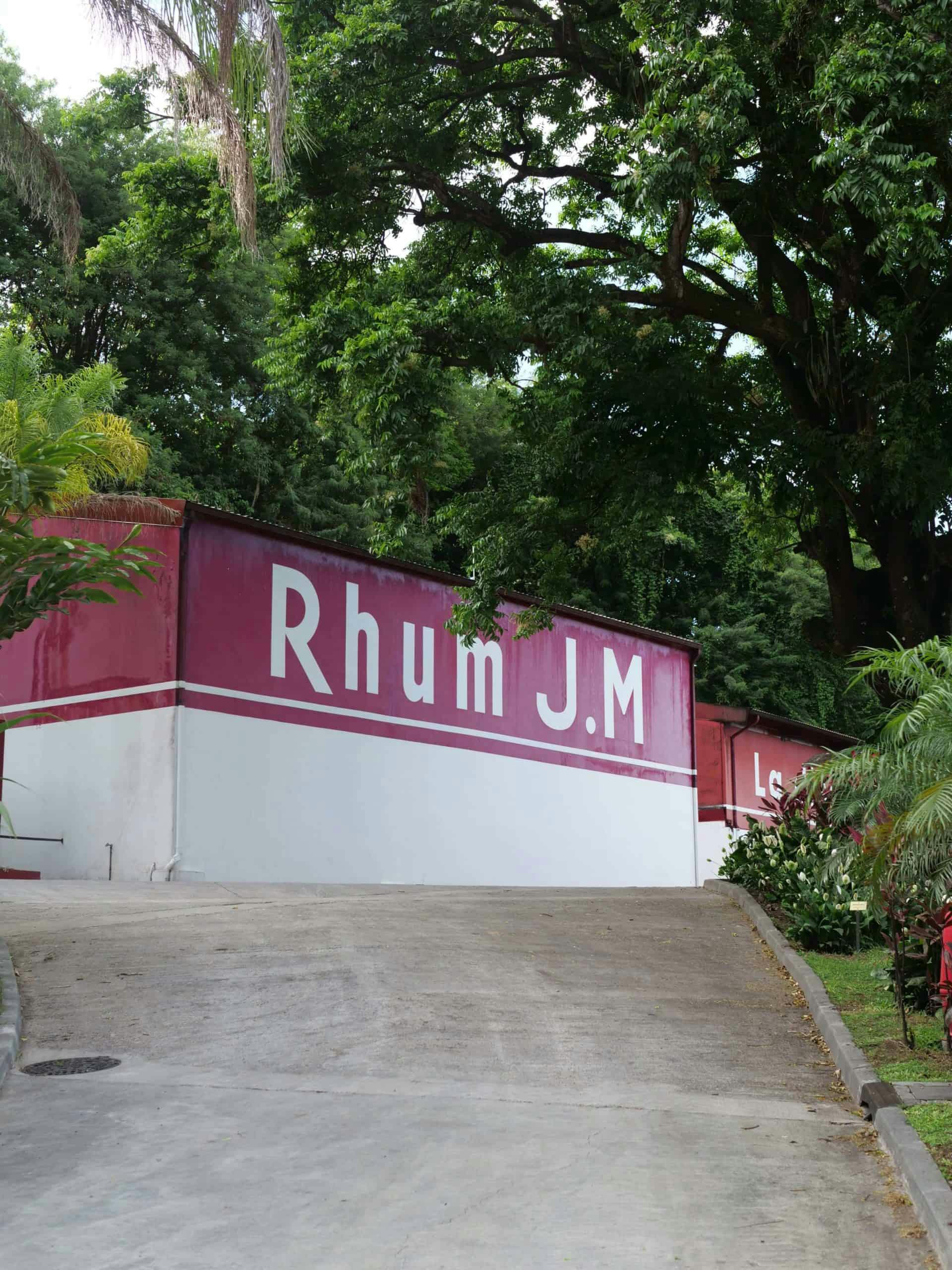
The Depaz distillery is one of the oldest on the island, which makes it a reference. Founded in 1651 in a manor house, it enjoys an ancestral know-how. You will find it in the south of Mount Pelee. All its rums benefit from the AOC label.
In Rivière-Pilote, this rum distillery produces three authentic rums: La Mauny, Trois-Rivières and Duquesne. The white rums and the old rums have the AOC. Don’t hesitate to take a tour, especially since visits and tastings are free.
This family distillery, located in Le Carbet, produces world-famous AOC rums : Neisson.
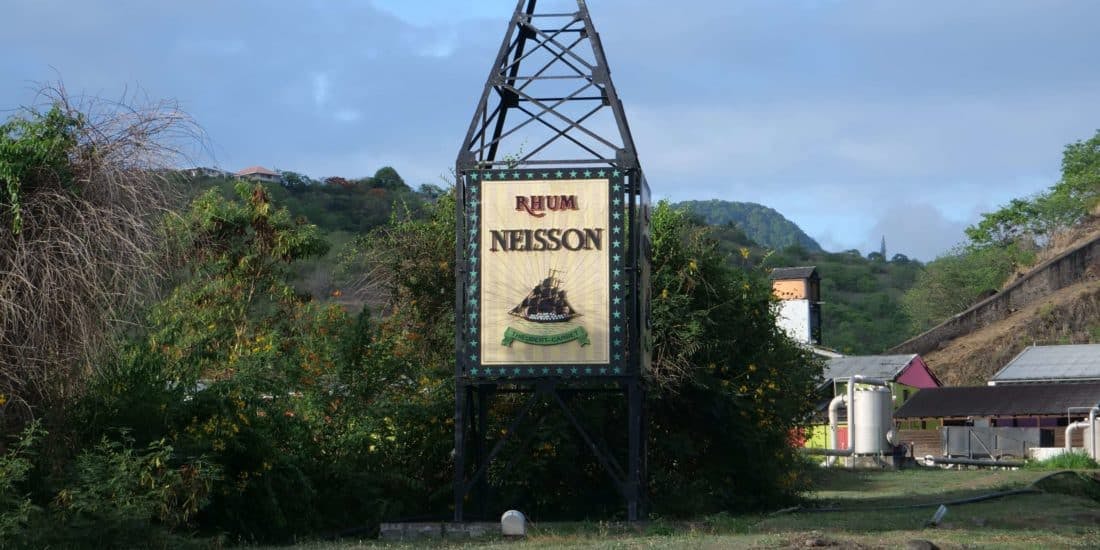
In Fort-de-France, Dillon has been making the famous AOC agricultural white rums since 1779.
Based in the capital, this steam distillery only produces white rums, very sweet, as well as old rums, all AOC.
You will discover this majestic rum distillery near Gros Morne, in the heart of the island. Its gardens are worth a visit. The proof: They received the label Remarkable Gardens in 2015. There are other rum distilleries. Some are no longer in operation, others only make industrial rums. The sugar cane harvest takes place from February to June, which is an ideal time to visit these estates.
The distilleries that we have listed above all produce quality rums, deserving their AOC (Appellation d’Origine Contrôlée). But the best rum will of course depend on your tastes. To help you in your search, we bring you a selection of the most appreciated rums from Martinique.
Let’s start with Quintessence Saint James. This old rum is divine. It was awarded the 2015 gold medal at the Paris competition. If you are a connoisseur, the 15-year-old rum from the Neisson distillery will amaze you with its delicacy, lightness and spiciness. In addition, La Favorite produces a succulent rum out of age, called La Flibuste. This special vintage will not leave you indifferent with its inimitable taste and its « pirate » bottle.
Moreover, some natives consider the old J.M. rum as the best of the Flower Island. As for the Habitation Saint-Etienne, it offers rums that are aged in barrels originally designed for port, whisky and Sauternes. The products obtained are excellent. Among the favorites, we will finish with the J.M. « XO » rum, a must.
Now that you know all about the favorite drink of the West Indies, let’s head for the Rum Route in search of fabulous adventures! The tastings offered by the rum shops will allow you to get your hands on the drink of your dreams. Be careful however to consume this alcohol in moderation! It would be a pity not to enjoy the splendid Martinique landscapes, typical of the Caribbean

You want to go diving in Martinique? Discover the most beautiful snorkeling and diving sites on the island....
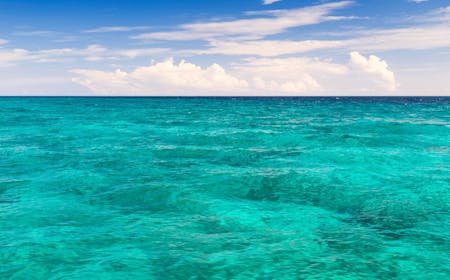
If you decide to travel to the island of flowers, Josephine's Bathtub is a must for your vacation. This whi...

Have you always wanted to discover Martinique? Often considered as one of the most beautiful islands in the...